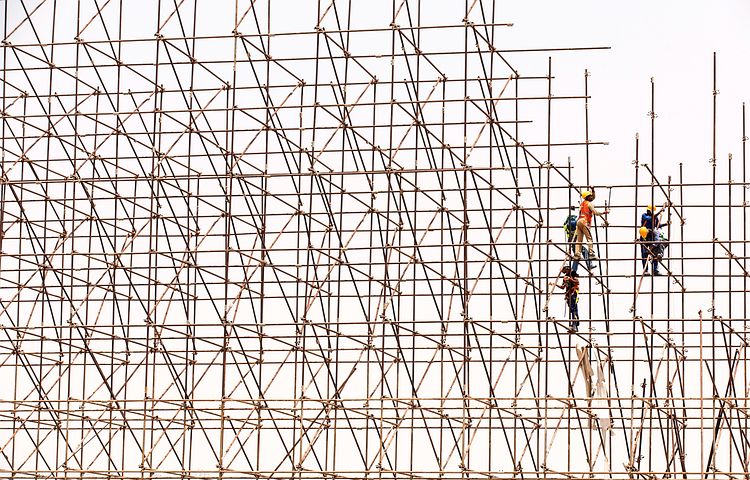If your next upcoming construction job requires you to work from heights it may be worth looking into getting some scaffoldings. These construction tools allow you and your team to work from heights while also staying safe. Safety is a big factor when it comes to any type of construction work, so you want to be sure that your employees and any one in the general area will be safe. That is why many organisations and individuals choose to use scaffoldings when they are working at heights.
Just because they are the safer option to use doesn’t mean that they are the easiest. These tools do require some training and research on your behalf before you dive head first into your job. Following these prerequisite guidelines and rules will ensure that your job runs smoothly and efficiently.
Below are some of the key things that you need to know before you start using scaffoldings.
Training is essential
Before you start using any new piece of equipment or tool you always have some sort of introductory training with it. Scaffoldings are no different and require the people operating with and around them to undergo the appropriate training. During the introductory phase, the workers will get a run-down of the key factors to help keep their work environment safe. This includes, safety checks, organisation and load capacity. We will go into more detail about these steps a little later on.
The training also includes how to erect and disassemble the structure. As the network is primarily made up of steel beams, it is important that your site is able to erect and disassemble it with ease. Not having the appropriate knowledge or training will result in a reduction of workplace efficiency.
What makes scaffoldings so effective to use?
The main reason construction crews choose to use these structures is that they are able to work at heights while also remaining as safe as possible. If a building requires repairs or needs to be built, being on top of these networks gives you a much larger reach than if your team was working from the ground. This can prove to be very effective for jobs that require attention to high walls or even ceilings.
These networks exist be suspending a fibreglass or wooden plank at a height so that multiple people can stand on top of it. The metal pipes and hinges are assembled in a format that allows for multiple workers to be atop of the platform while also being safe and parallel to the ground.
When you are parallel to the ground means that our balance isn’t disorientated when we are working at heights for a prolonged period of time. There are many other forms of construction systems that allow workers to operate at heights such as ladders but they don’t offer the same safety features that scaffoldings have. Ladders can be difficult to work on due to the angle that they are on as well as only one person can be on top of it at any given time. Having a balanced parallel working space allows for greater efficiency.
Ensuring the safety of your work site
If a work site accident were to occur, you and your workers won’t necessarily be the only ones involved. The surrounding public as well as the buildings could also be injured or damaged. That is why it is important that you ensure the safety of your site by following the rules below.
Organisation
Like all workplace scenarios, safety and efficiency are most effective when everything is organised. For your operation with scaffoldings to run smoothly it is vital that all tools and equipment remains organised. While there is more room to operate on scaffoldings compared to ladders, that doesn’t mean that you should leave tools lying around on the platform.
They can be easily knocked off which could lead to someone getting hurt. Normally workers operate with tool belts so that they are able to quickly store and obtain new tools.
Safety checks
Regular safety checks ensures that the structure is fit for use throughout your project. There should be an initial check after the network has been erected to deem if it is safe for use. After that there should be safety checks throughout the day to ensure that the system hasn’t been moved or displaced in any way.
Checks throughout the day become even more important when there are serious weather conditions present.
Load capacity
Suggested load capacities aren’t recommendations that are strict rules. The maximum weight for a structure has been calculated by the design engineer to account for the failing point of the network. If this weight limit were to be exceeded the entire system could come tumbling down, resulting in a lot of injuries.




